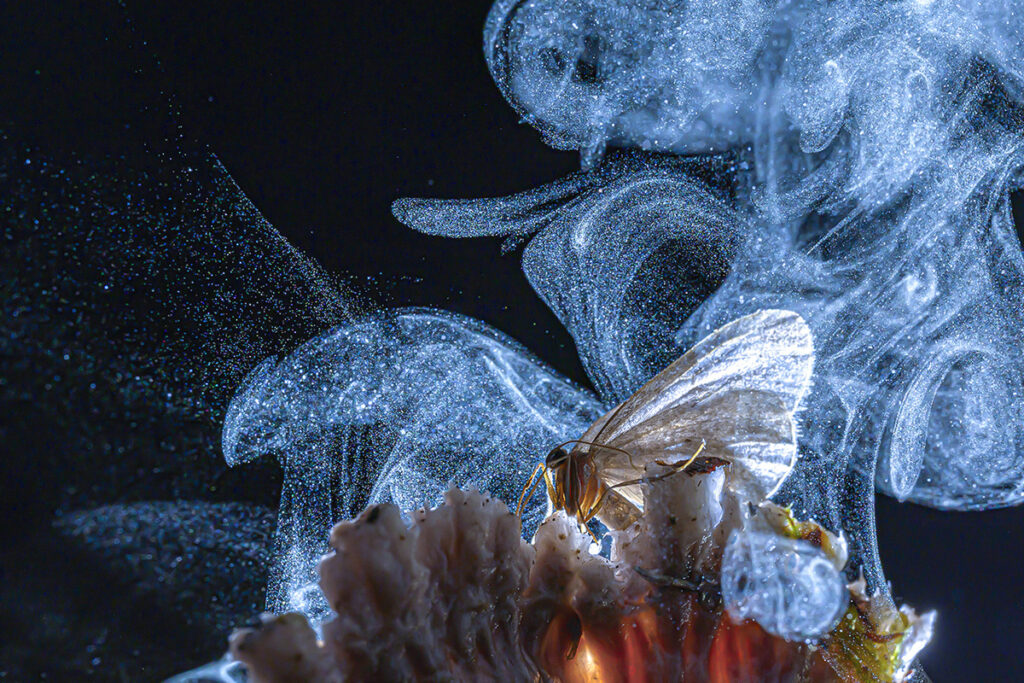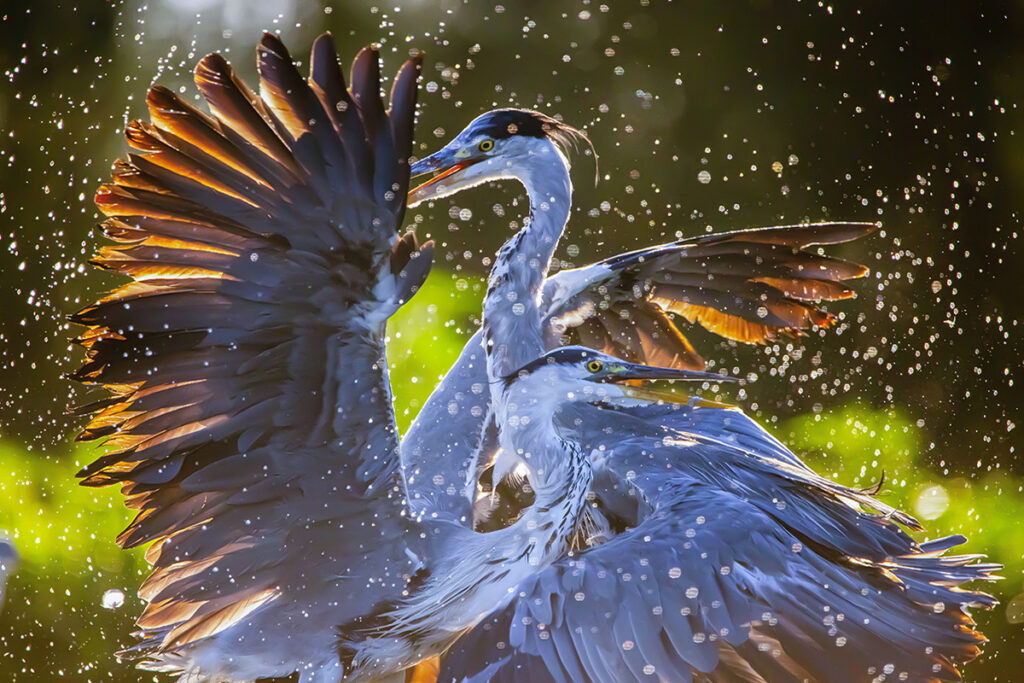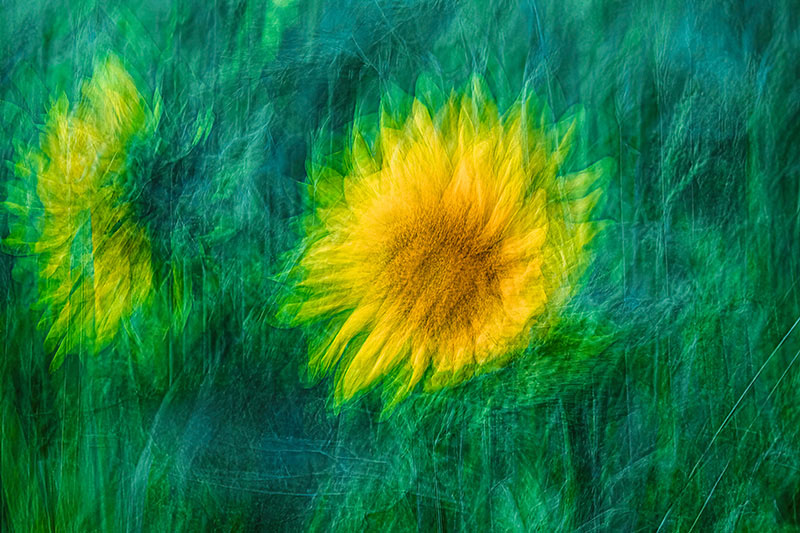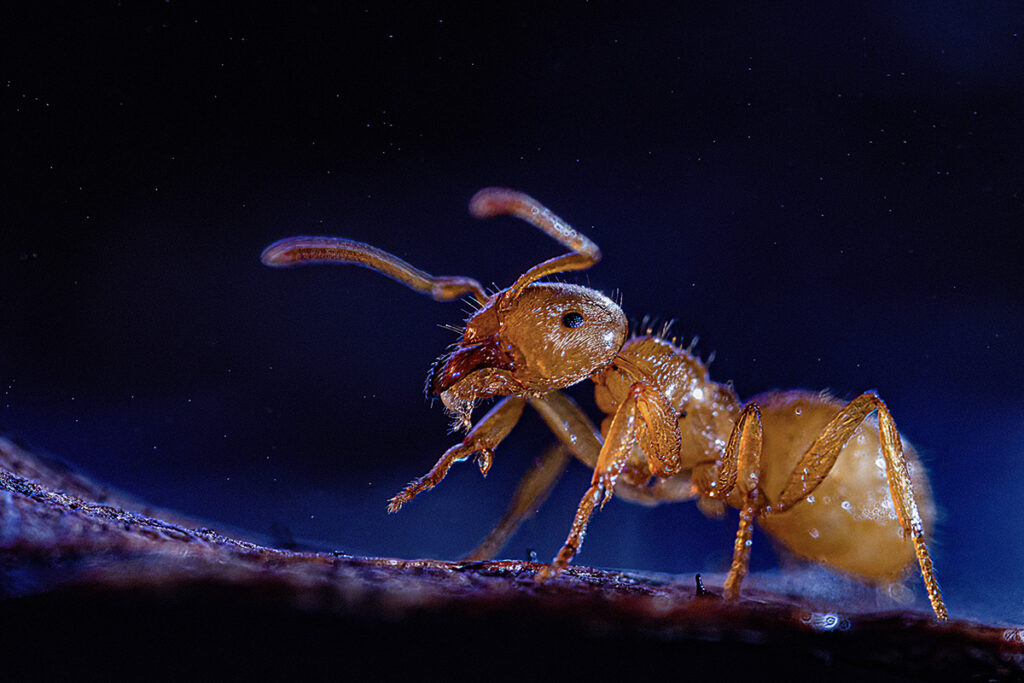There is a hidden little gem near Izsák, Hungary: Kolon Lake. It blends seamlessly into the diverse landscapes of the Kiskunság, like an old secret whispered by the reeds to the wind. A forgotten world where nature still breathes freely, where the morning mist hovers over the water, as if reluctant to let go of the night’s mysteries before the sunlight dissolves them.
Once, the lake was much larger—a remnant of a Holocene-era Danube branch whose waters stretched far beyond their current boundaries. Over the centuries, the lake has gradually shrunk, leaving behind a small, wild marsh, one of the last witnesses to a bygone era of the Kiskunság. In its depths, time has left its mark—mammoth teeth have been found here, as if the lake itself wished to tell stories of the ancient secrets it guards.
The landscape is ever-changing and unpredictable. Forests give way to reeds, and along the water’s edge, tussocks cling stubbornly to the marshy soil like tiny fortresses, weathered by wind and water year after year. Light filters through the foliage, beams playing along the shore, while the sedges stand motionless, gazing at the sky. Hidden deep within the reeds, the bittern lets out its deep, mournful call—a sound as if the earth itself were sighing from somewhere below.
Yet, the lake welcomes visitors with a strange duality. It does not throw open its gates, nor does it invite or beckon. Instead, it behaves like a long-lost relative with whom the bond has faded over time—not hostile, yet not entirely welcoming either. It acknowledges your presence but does not fully embrace it. Silent and watchful, it seems to weigh whether revealing its secrets is worthwhile or if it’s better to let you discover them on your own.
And if you stay long enough, as the daytime hum quiets, the true ruler of the night emerges—the jackal. First, there’s only a faint rustling in the darkness of the reeds, tiny cracks and whispers, as if the grass itself were holding its breath. Then, in the distance, startled coots cry out, and for a brief moment, everything stands still.
Kolon Lake is not just a place—not just a mirror of water nestled within the reeds. It lives, it watches, and it remembers. It preserves the past in the soil, in the water, and in the silence of the trees. And if you are patient enough, perhaps one day it will reveal to you the stories whispered by the reeds and guarded by the night.
We stumbled upon it by accident—one might say we got lost. Not that we planned it that way, but when you’re navigating with a map that looks more like a poorly drawn treasure map than an actual guide, you are more likely to end up in a thicket than on the right path.
Eventually, after struggling through the undergrowth and managing to get directions from a local, we were met with surprise:
“A lake? Here?” The old man looked at us as if we had just asked for a narwhal in the middle of the sand dunes.
Yet, the lake was there—stubborn and mysterious, hidden from the world as if ashamed of its own existence. It did not shoo us away, but neither did it open the gates of its reeds. It observed us silently, as if weighing whether we were worthy of a fleeting glimpse into its secrets.
Since then, whenever I pass by, I always stop to take photos. The landscape is never the same—it’s as if Kolon Lake changes its face each time, deciding whether or not to reveal its mysteries. If you are in the right place at the right time, the birdlife bustles around you like a legionnaires’ barracks before payday. Great egrets, purple herons, and countless water birds—it feels like stumbling into a grand bird conference where the main agenda is deciding who will migrate to Africa and who will stay behind in the reeds.
Getting there is always an adventure. Sometimes, I feel as if the lake is testing my perseverance—much like the Foreign Legion sending a recruit into the desert to ‘look around’ before deciding if he’s fit to stay. But despite all the stumbles, wrong turns, and bewildered locals, it’s always worth it. Because what I find there always gives me more than what I was searching for.
Even along the roads leading to it, there’s a sense that you are entering a different world, as if stepping through an invisible portal in time. Along the way, wild tobacco grows, clinging stubbornly to the soil—a living monument to an era when human ambition clashed with nature’s resilience. The scars of 19th- and 20th-century drainage projects are still visible, as if the land itself cannot forget the years when draining the lake was seen as the key to progress.
Back then, people believed water needed to be removed to make the land ‘useful.’ As if nature wasn’t valuable in itself, as if marshes and wetlands were mere blank spots on an agricultural map. Artificial canals cut into the lake, reeds were cleared to make way for farmland, and where water remained, peat was extracted as if it were nothing more than fuel to be burned.
The abandoned farms and the lone, deserted schoolhouse along the road are relics of this era. Once, people lived here, believing human will could reshape everything, that wheat would grow where marshes once stood, and that nature could be tamed. Now, empty windows stare into the wasteland, weeds overrun the old gardens, and the voices of children no longer echo through the school’s hollow halls.
Yet, nature endured. The wild tobacco—one of humanity’s misplaced ‘gifts’—has overtaken the abandoned fields, and the lake, though diminished, still lives. It is not what it once was, not as vast or abundant, but it is here. And if you listen carefully—if you stand quietly on the edge of the road—you might hear the past whispering in the wind, in the rustling reeds, in the silent remnants of the land’s memory.
Because the night still belongs to it. If you linger long enough to see the darkness settle, there will be rustling among the reeds, then, from somewhere deep in the last remaining marsh, the howl of a jackal will rise. A sound that was once a natural part of the night, a voice that humans may have tried to silence—but not all life can be erased, not all history can be forgotten.
Nature is patient. Far more patient than we are. And if given the chance, it will reclaim what was once its own.
Perhaps that’s why, when I return here, even though I know the way and could drive closer, I choose to leave my car at the forest’s edge and walk. Not because the road is difficult, not because walking is faster—but because it feels right.
This way, maybe I bring a little less noise with me, maybe I disturb a little less of what remains untouched. This way, I try to atone, in some small way, for the many wrongs humanity has done here. I know it’s not much. But at least it’s something.








